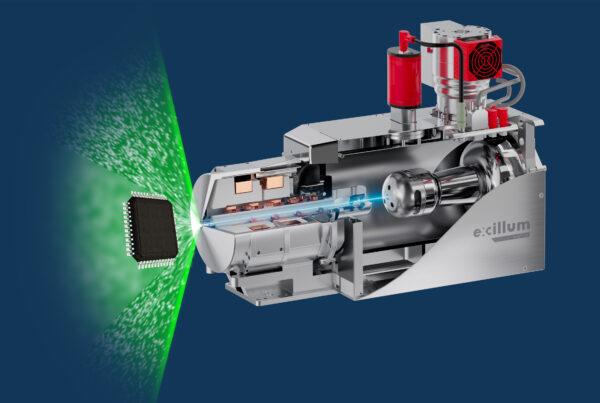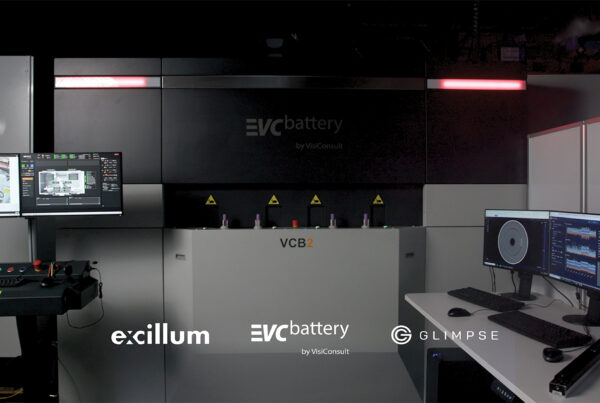Bence Fehér, JeppeLyngsø, Boróka Bartók, Judith Mihály, Zoltán Varga, Róbert Mészáros, Jan SkovPedersen, Attila Bóta, Imre Varga
Journal of Molecular Liquids, Volume 309, 1 July 2020, 113065
Biodegradable, biocompatible nanoparticles with tuneable fluorescence – due to their great potential in biology, medicine and sensor development – are widely studied nowadays. Recently it was shown that the complex red emitting spectroscopic feature of Bovine Serum Albumin – gold (BSA Au) bioconjugates can be related to the versatility of conformational changes of the BSA protein. In our study, we performed a comprehensive study on the structural changes of the host BSA molecules by infrared spectroscopy (FTIR) and small-angle X-ray scattering (SAXS). Both methods revealed that the BSA structure is not reversible after a neutral – alkali – neutral pH cycle and this behaviour is more pronounced in the presence of the gold salt (HAuCl4). The changes in the monitored secondary structural elements of BSA-(HAuCl4) system, with the fitted molecular shapes indicate that all steps in the synthesis route influence both the fine and the global structures of BSA and result in a complex structural prehistory dependent hindering of the total structural reversibility. A robust connection exists between the structural/conformational changes and the fluorescence behaviours.
Au) bioconjugates can be related to the versatility of conformational changes of the BSA protein. In our study, we performed a comprehensive study on the structural changes of the host BSA molecules by infrared spectroscopy (FTIR) and small-angle X-ray scattering (SAXS). Both methods revealed that the BSA structure is not reversible after a neutral – alkali – neutral pH cycle and this behaviour is more pronounced in the presence of the gold salt (HAuCl4). The changes in the monitored secondary structural elements of BSA-(HAuCl4) system, with the fitted molecular shapes indicate that all steps in the synthesis route influence both the fine and the global structures of BSA and result in a complex structural prehistory dependent hindering of the total structural reversibility. A robust connection exists between the structural/conformational changes and the fluorescence behaviours.



